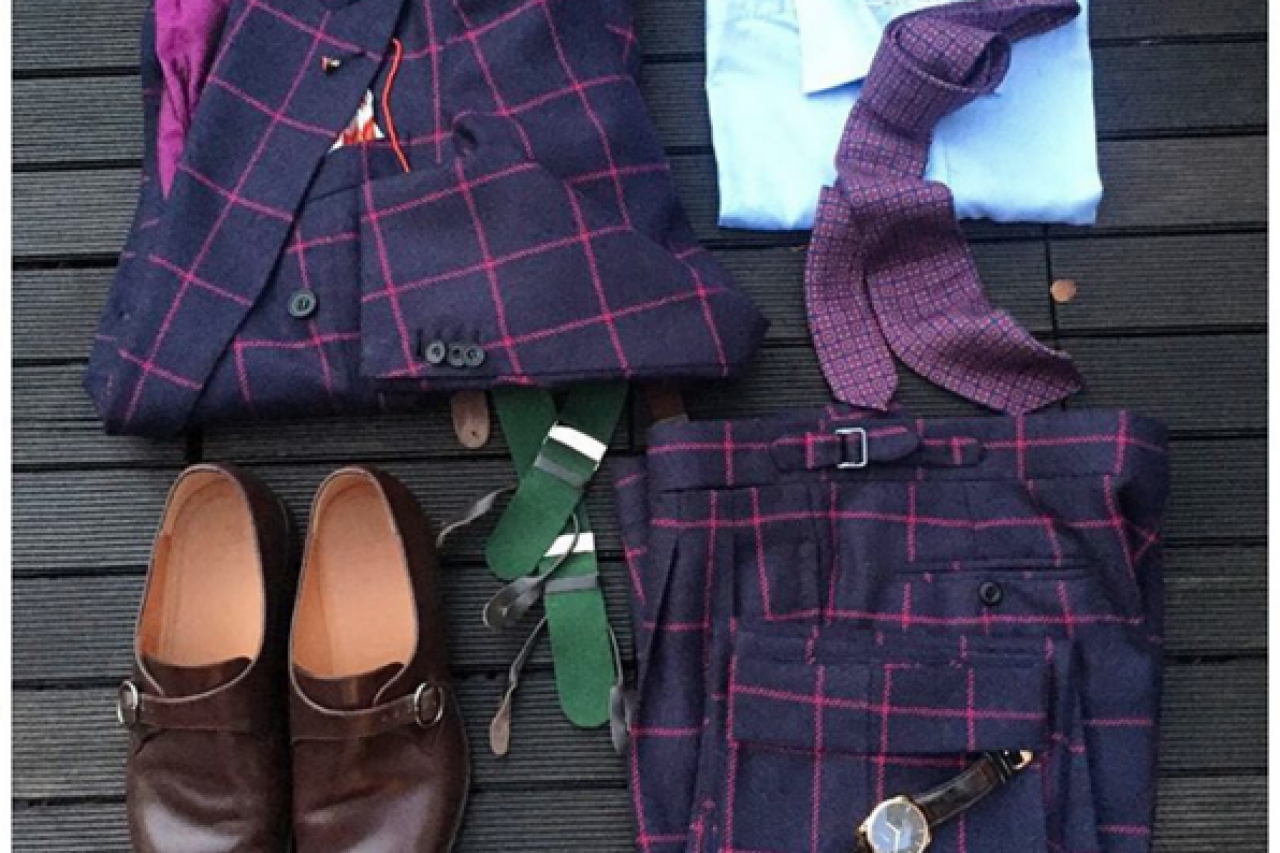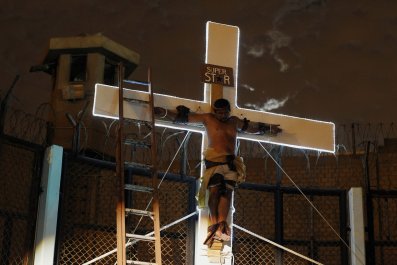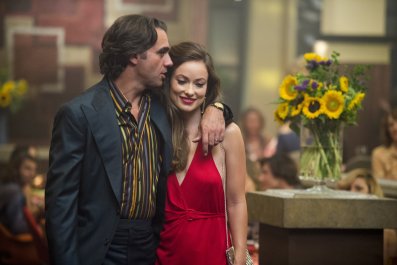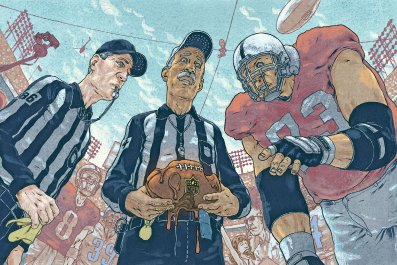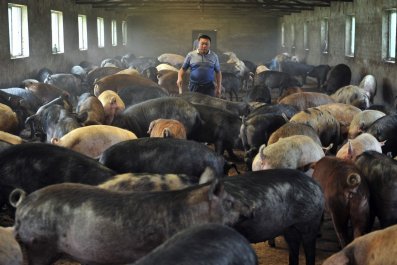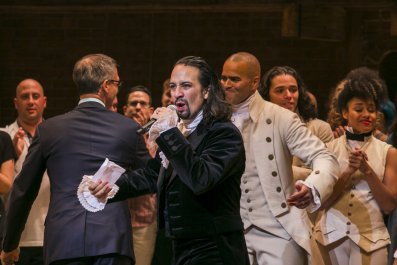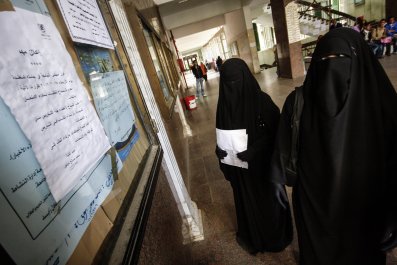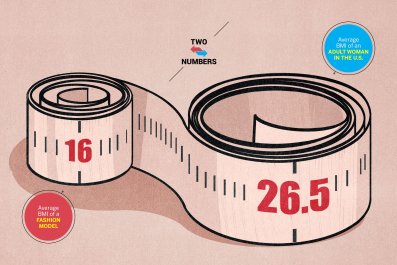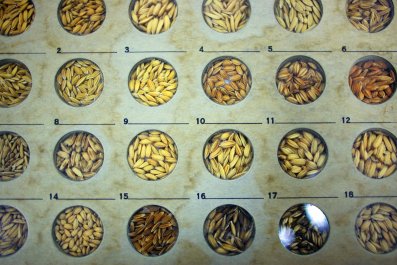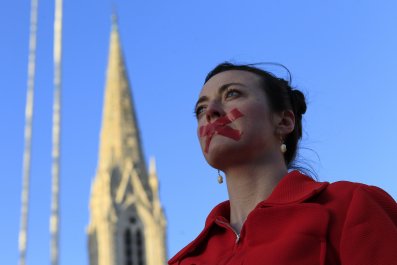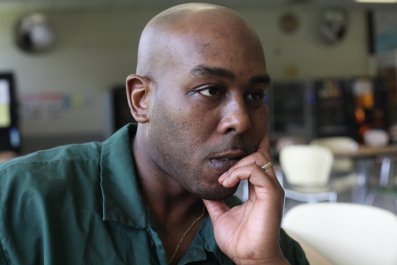On February 24, the Italian Embassy in London's Grosvenor Square will host a reception to mark a small but significant milestone in the history of Italian menswear: A suit of clothes by the Neapolitan tailor Mariano Rubinacci is entering the permanent collection of the Victoria and Albert Museum (V&A).
I like to think I played a small role in making that happen. A few years ago, I suggested to Rubinacci that, as one of the most famous names in Italian tailoring and, in my opinion, the most elegantly dressed man in Naples, he ought to establish a museum of Neapolitan tailoring. Rubinacci did go on to display a collection of items in his shop, which functions as a small museum, and he has since loaned items to the Fashion Institute of Technology in New York and the V&A's "Glamour of Italian Fashion" exhibition in 2014.
I met Rubinacci a little over a decade ago, when he opened a shop on Mount Street in London. Some of his customers—a fairly elite crowd that includes Lord Rothschild, a prominent member of the banking family—had encouraged him to come to the British capital. The Mount Street venture has proved rather more successful than his first expedition to England more than 50 years ago, when, aged 18, he had just inherited the business after the unexpected death of his father, Gennaro.
On that trip, he boarded a British European Airways Trident heading for London, where he had booked a room in a Leicester Square hotel. He spoke very little English and so had written down the address—but he grew increasingly exasperated when, upon arrival, no taxi driver he found had heard of this Leicester Square, which Rubinacci had thought was one of the best-known and most easily located places in all of central London. After spending an hour trying to make himself understood, he encountered a policeman who offered to help. It turned out the reason the young Italian could not get a taxi to Leicester Square was that he had arrived in Manchester, more than 200 miles north of London. Fog had prevented the landing in London, but he had not understood a word of the in-flight announcement telling passengers that they were being diverted to Manchester.
Rubinacci felt drawn to the British capital because his father had originally called the business "London House" when he started it in 1930. Although the business is now called Rubinacci, the labels still carry the letters LH. At that time, London was renowned as the capital of male elegance—though Gennaro's vision of tailoring in the British Isles was rather different from the reality, perhaps because he had never actually visited them.
Had Gennaro ever come to London, he would have found a very different and much more structured kind of tailoring than the kind London House practiced in Naples. Savile Row tailoring constructs an idealized shape using pads, wadding and layers of canvas to create a sharp-angled silhouette. By contrast, the coats Rubinacci showed me, dating from the 1930s, were almost minimalist in their construction.
Unlined and featuring a shirt-like shoulder with tiny wrinkles that betoken a wide and comfortable sleeve fed into a high armhole, these coats were designed for maximum comfort and wearability. They were so light that they could be put on and forgotten about.
The overall sense of softness was enhanced by characterful curvilinear barchetta pockets and two voluminous pignata patch pockets. These are curved and swell at the bottom. The famously sporty double lines of stitching reinforced the garment at its greatest points of stress, such as along the shoulder line. Especially miraculous was the absence of padding at the shoulder, which had managed to hold its shape almost as if by sorcery rather than by the stitches put in by a Neapolitan tailor almost a century ago.
But, best of all, this is a living tradition. Rubinacci tailors make exactly the same sort of coats today, albeit in slightly lighter fabrics than were available in the 1930s.
There is something joyous and slightly flamboyant about Rubinacci tailoring. The lighter summer sports coats and blazers are only a little heavier than shirts, while the soft tailoring characteristic of Naples transforms heavy tweeds into garments with a cardigan-like comfort.
Like his father, Mariano Rubinacci is not a trained tailor. He is more of a chef d'orchestre, a conductor who brings together various talents and adds his own unique vision and interpretation. He has a natural gift for elegance and a genius for combining colors and using materials in an unexpected way. Among some of the more imaginative garments he has made for me are a suit in lime-colored, shirt-weight corduroy and another in pale denim.
It is therefore only to be expected that the outfit entering the V&A is a joyous one: a linen jacket, pink trousers and a pale denim shirt—perfect for summer days in Naples and Capri. And just the sort of thing to get you noticed on foggy nights in London—or even Manchester.


